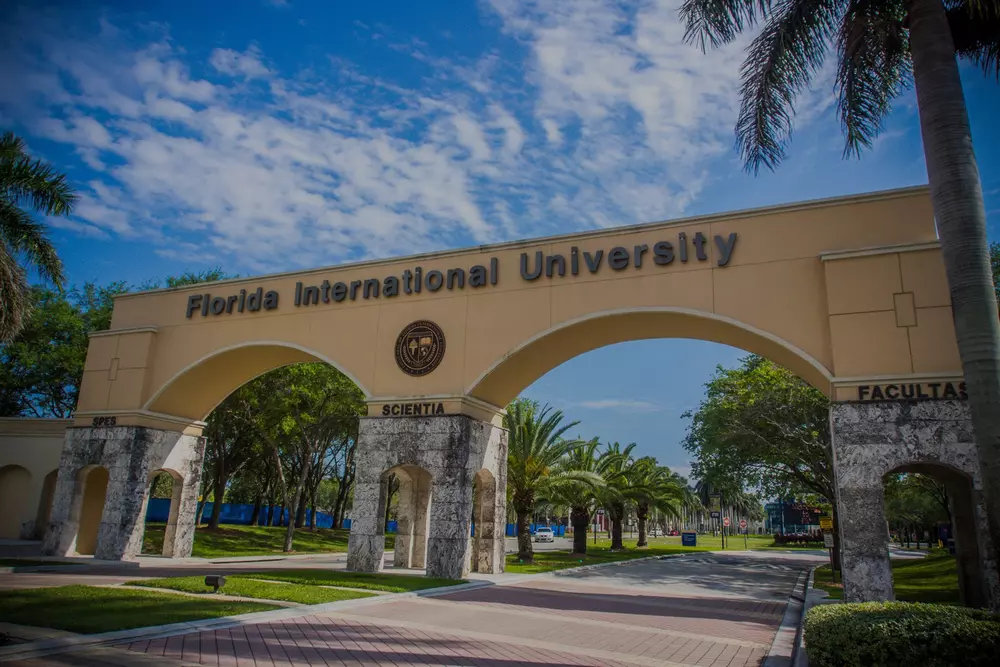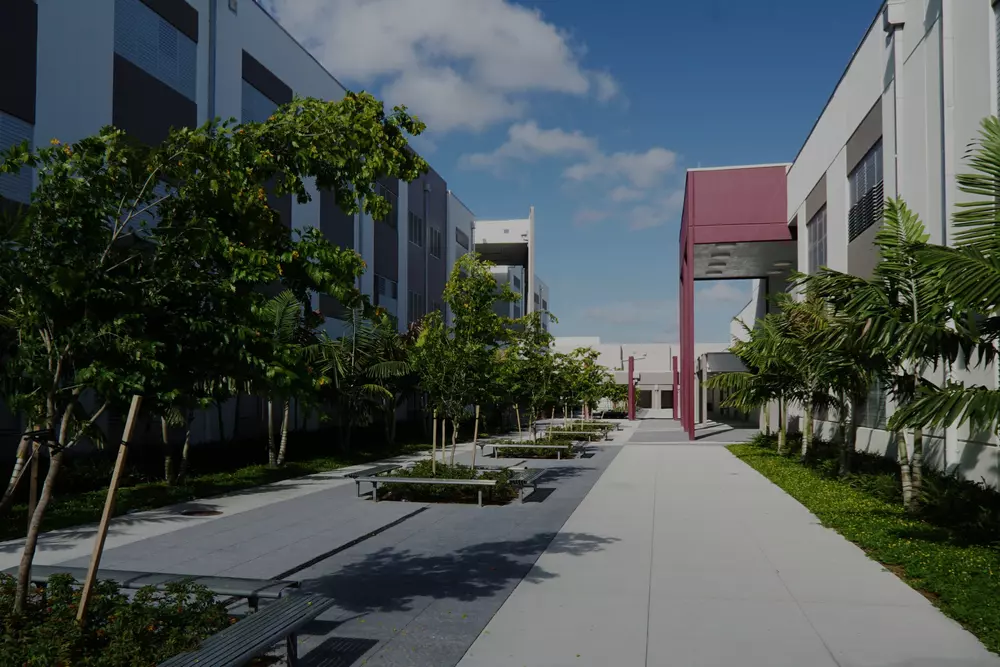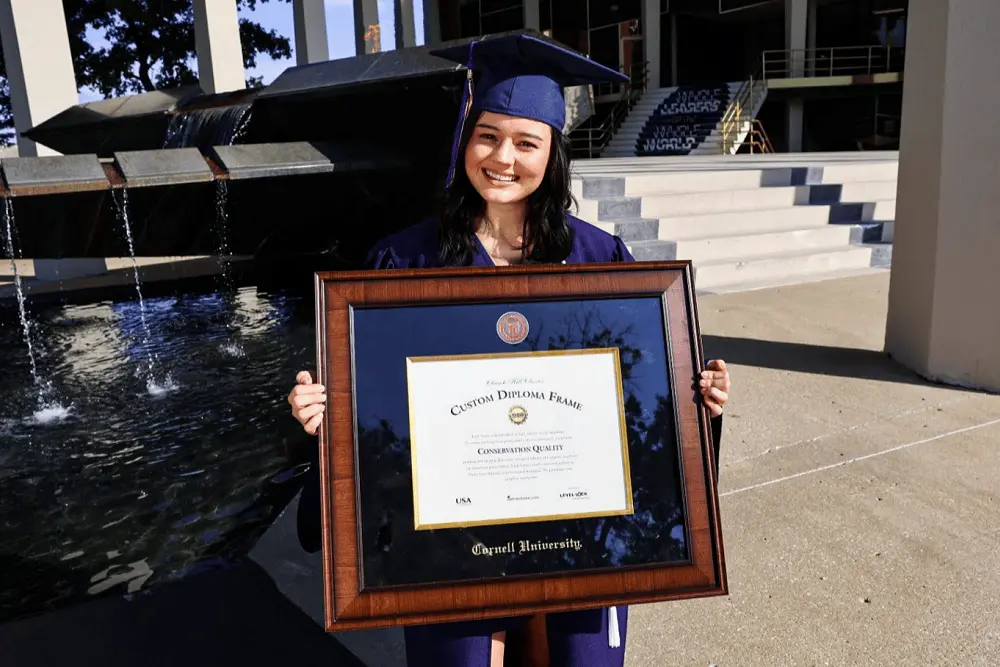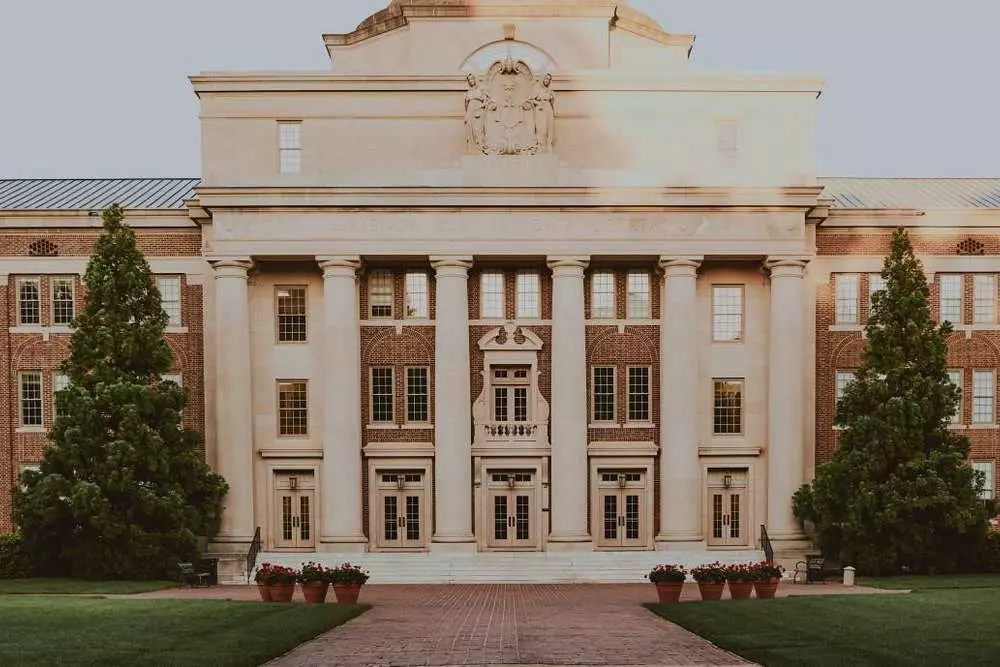Wide opportunities and unlimited prospects
Welcome to the Study in the USA section of our website! Here we have tried to cover in as much detail as possible all aspects of the educational system of the United States to help you navigate the variety of proposals.
In this section you will find information about the US school system, learn about public and private schools in Miami and their features. The "Higher Education" section will allow you to understand how education is organized at US universities, especially at Florida universities, what are the requirements for applicants.
If you are already a professional in your field and are looking for opportunities to improve your skills, you will be interested in the sections on language courses and MBA programs. We talk about various training formats so that you can choose the most suitable option.

Our articles
Our articles
Why choose education in the USA?
Education in the USA is full of opportunities, the quality of which is recognized throughout the world. Let's expand horizons together and move towards big goals!
The United States of America is famous for its diverse educational opportunities that offer students from all over the world a unique learning experience. The US education system offers a flexible, holistic approach to learning that promotes the all-round development of each student's personality.
Features of education in the United States are in a multi-level complex system, on the basis of which a logical and consistent chain is built. Thanks to this, the educational structures of America are considered to be among the best in the world.
Studying in the USA is not only about gaining knowledge, but also about a number of unique advantages:
- Global recognition;
- Innovative training;
- Variety of specialties;
- Cultural diversity.
In this section, we will take a closer look at all levels of the American education system, the features of the admission process, and also give advice and recommendations that will help you make an informed choice in favor of studying in the United States. Join us on this journey!

Education in the USA opens the door to a world of endless opportunities and perspectives for students.
Overview of the education system in the United States
A notable fact is that the American Constitution does not control the educational system, allowing the state authorities to independently decide issues related to education. It is worth noting that the indicator of the degree of literacy depends on the financial capabilities of families.
Studying in the USA can be carried out both in English only, and in several at the same time (relevant for diasporas and national regions with a large number of foreigners). The academic year is divided into three equal trimesters, starting with autumn and ending with summer. Classes can start in late August or early September and last five days a week. The end of each trimester is marked by a short vacation.
The US education system offers students from all over the world a wide range of learning and development opportunities. It consists of several key levels which include preschool, primary, secondary and tertiary education. Among the educational structures, the following are often noted:
- preschool education;
- secondary school, starting from elementary;
- higher educational institutions.

Preschool education
The structure of education in the United States begins with preschool-type institutions that prepare future students of institutions. The age category starts at three years old and ends at five years old. In some states, an appropriate certificate is required before entering a high school.
Early childhood education is optional, but many parents choose this path to prepare their children for school life. There are many different types of preschools, including private kindergartens, public kindergartens, and early childhood development programs.

Primary and secondary education in the USA
Primary and secondary education in the United States is divided into elementary, middle and high schools:
Elementary school
Usually covers the first six classes (from 5-6 to 11-12 years). School education in the United States is divided into several stages. It always begins with elementary school, covering the age category from five to twelve. Most subjects are taught by a single teacher who reads a set curriculum that includes both liberal arts and science subjects.
The bias is towards learning the native language of students. Class distribution occurs through an IQ test, which determines the level of knowledge of students:
- C — students with a low score;
- B — students with an average indicator of knowledge;
- A — gifted students.
Middle school
Covers grades seven through eight or ninth (ages 12-13 to 14-15). High school assumes the presence of students from eleven to fourteen years. Students receive knowledge over three years from different teachers who specialize in specific subjects.
Among those areas of knowledge that must be present are English, natural sciences, physical training and mathematics. At this stage, you can choose optional subjects. All students are divided into two classes - regular and advanced.
High school
This includes the rest of the classes up to the 12th (from 15-16 to 17-18 years old). The high school caters for children from fourteen to eighteen years of age. All students are divided into mandatory categorization, which includes three levels of different training: academic, professional (students receive mainly practical knowledge about their future profession), multidisciplinary (obtaining general knowledge, on the basis of which it is impossible to work in a profession or enter college after graduation).
Education in these educational institutions can be both in public and private schools.
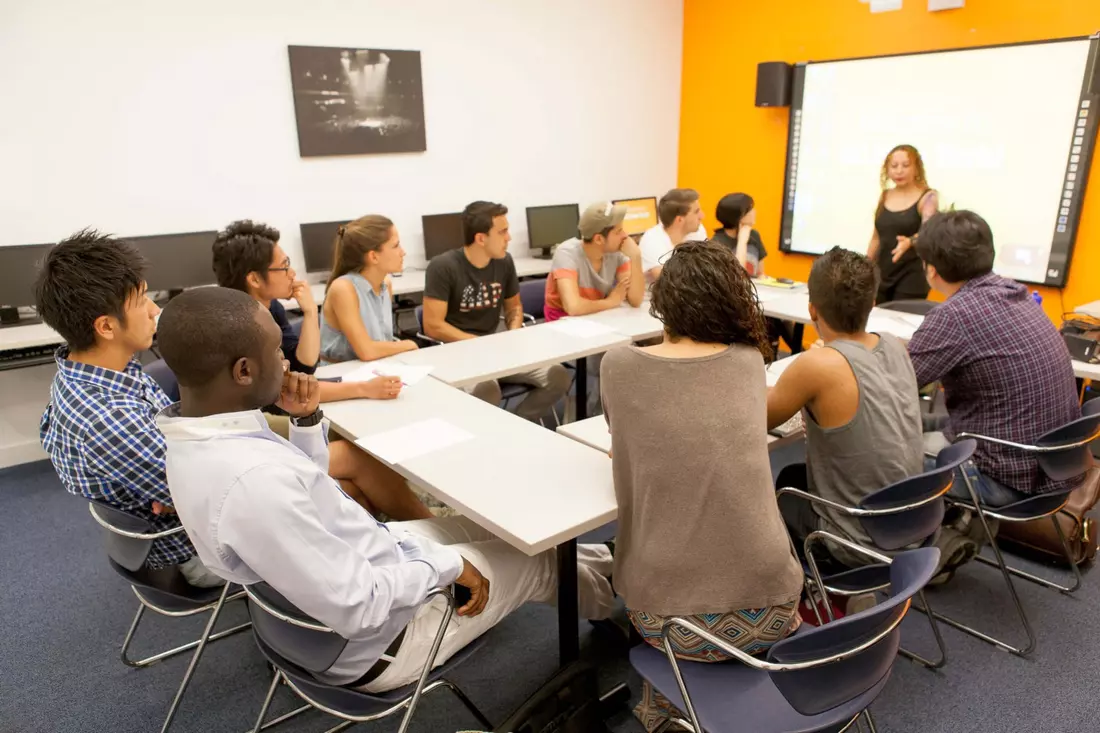
Higher education in the USA
After graduating from high school, students can continue their studies at colleges and universities. It offers bachelor's, master's, and doctoral degrees, as well as professional degrees in law, medicine, and more. The US education system provides students with the opportunity to learn and develop in an environment that promotes critical thinking, creativity, and personal growth.
The American education system supports and encourages diversity, innovation and individuality. It offers students unlimited study and research opportunities, making the US an attractive destination for international students.
The application process for American universities and colleges can be complex and demanding. It includes applying, preparing and taking standardized tests such as the SAT, ACT for undergraduate or GRE students, GMAT for graduates, writing essays, and collecting letters of recommendation.
The cost of studying in the US varies depending on the type of institution (public or private), level (bachelor's, master's or doctoral) and location. Private universities are usually more expensive but can offer flexible tuition assistance.
In the United States, there are two main types of higher education institutions — public and private.
- Public universities are publicly funded, typically offer lower tuition fees for in-state residents, and have large student populations.
- Private universities are usually smaller and offer a more personalized approach to learning. They may be independent or religious, and are funded in part by tuition fees and donations.
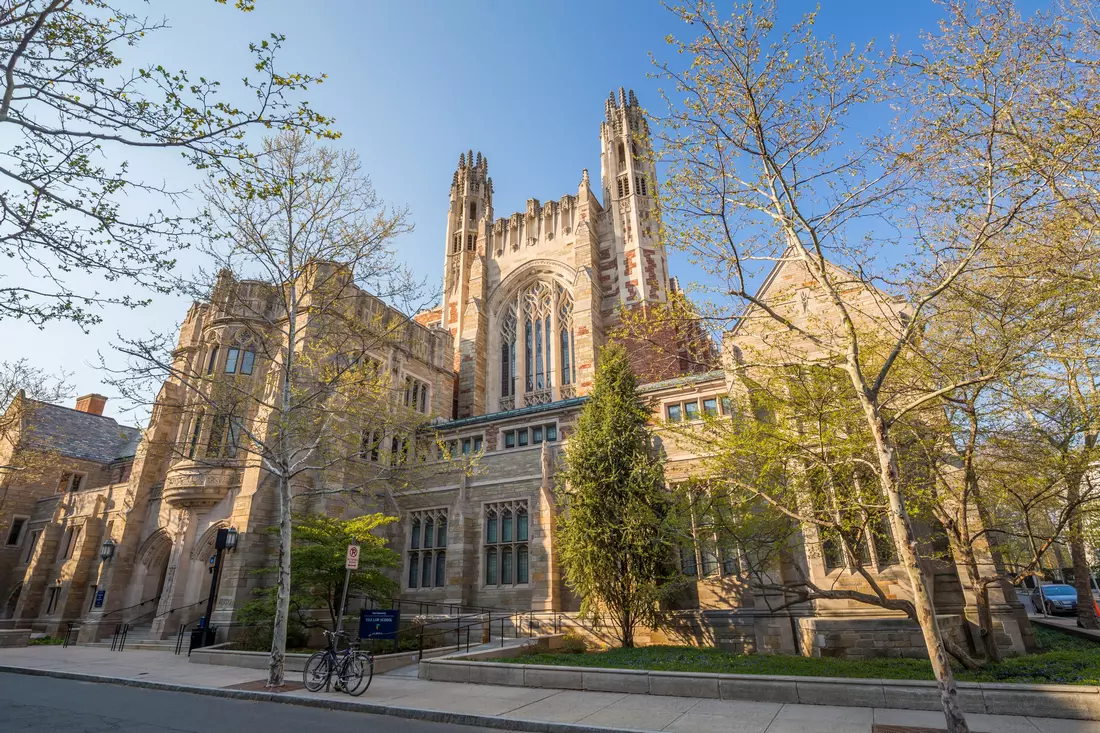
Categories and types of higher education in the USA
Higher education institutions in the United States are called colleges. The admission procedure provides for the presentation of not only the matriculation certificate that school graduates receive, but also personal characteristics, test results and relevant certificates.
The American higher education system is recognized as one of the best in the world due to its flexibility, quality of education and variety of specializations.
Types of educational institutions:
- 01. Universities
These institutions offer undergraduate, graduate and doctoral programs. These include public, private, small artificial colleges and research universities. - 02. Community colleges
These are two-year institutions that offer associate programs, professional certificates, and transfer programs to four-year colleges or universities. - 03. Online education
Thanks to technology, more and more universities and colleges are offering online courses and distance learning. After graduating from a community college or professional school, the graduate is waiting for a certificate. Passing a two-year or four-year study means obtaining a bachelor's degree, respectively. After that, further postgraduate studies at one of the universities are possible.
All US universities are divided into categories according to the field of knowledge and type of study. By areas of knowledge there are:
- colleges whose direction is related to research activities;
- agricultural institutions focused on obtaining practical skills regarding agricultural technologies (land-grant);
- here the area of knowledge studied and applied in practice is directed to the maritime industry (sea-grant).
Often in colleges, all students have the right to choose subjects that interest them. Therefore, there are no academic groups that are required to attend a fixed schedule. Thanks to the optional distribution, the knowledge gained does not lose its relevance.

Additional Learning Opportunities
There are a variety of programs in the US that offer additional learning opportunities, including adult education, professional development, and language courses.
- Adult education
Adult education in the US provides opportunities for continuing education at any age. Courses can include everything from vocational training and postgraduate studies to English language programs and preparatory courses for the GED (General Educational Development) test. - Professional Development
Many companies and organizations in the US offer professional development programs for their employees. This may include on-the-job training, corporate trainings, seminars and conferences. - Language classes
Studying English in the USA can be very rewarding for those who want to improve their language skills for work, study or personal development. There are various programs offering English language courses for different levels of knowledge.

What are the benefits of studying in the USA?
International recognition
Degrees and qualifications obtained from American universities are widely recognized and valued throughout the world. This can open doors to international careers and promotions at work.
Flexibility and Choice
The American education system offers incredible flexibility in choosing courses and specializations. Students can study a wide range of subjects before focusing on their major.
Innovation and Research
Many universities in the US are at the forefront of research and innovation. Students have the opportunity to participate in scientific research and work with leading experts in their field.
Intercultural exchange
Studying in the USA also provides an opportunity for intercultural exchange and learning. Students can learn, communicate and collaborate with people from different cultures and countries, which contributes to global understanding and tolerance.
Conclusion
The US education system attracts students from all over the world with its flexibility, diversity, and focus on quality. From early childhood to graduate education, the American education system provides a solid foundation for learning and development.
Studying in the US can offer additional opportunities such as participation in research, professional development, and intercultural exchange. These advantages make an American education especially valuable to international students.

Education in the USA is an investment in the future. It opens the door to career growth, personal development and global understanding by providing students with skills and knowledge they can apply throughout their lives.















